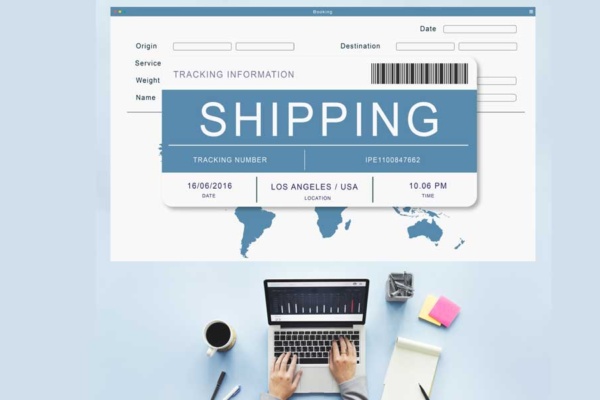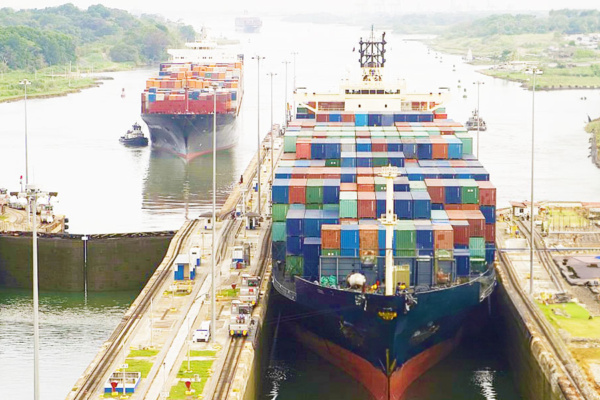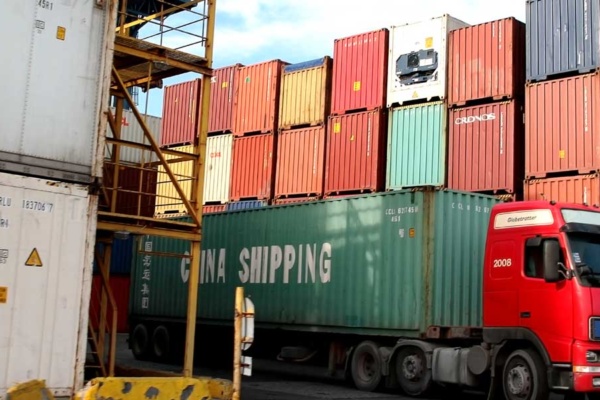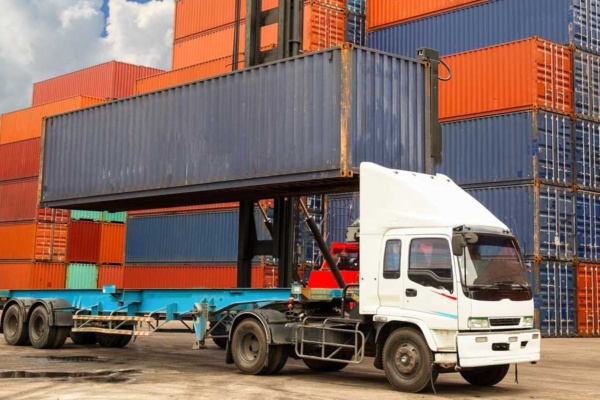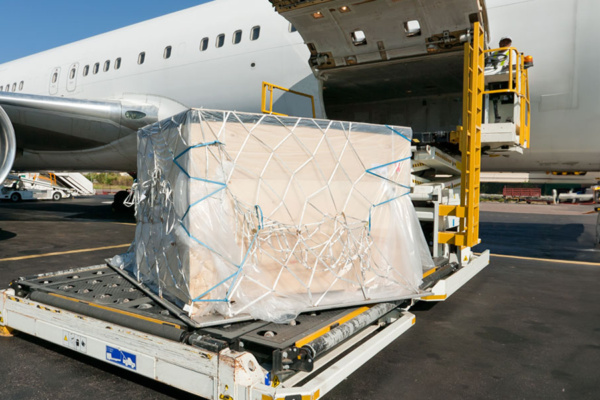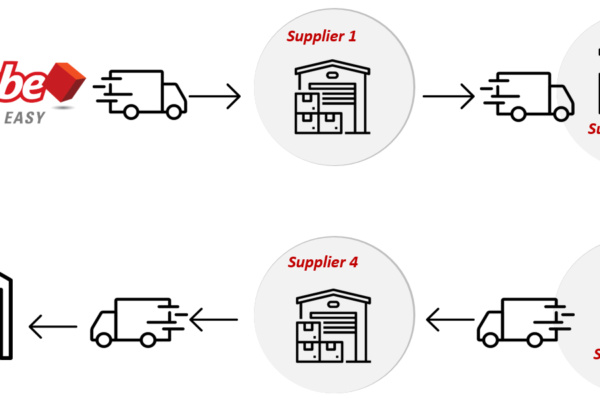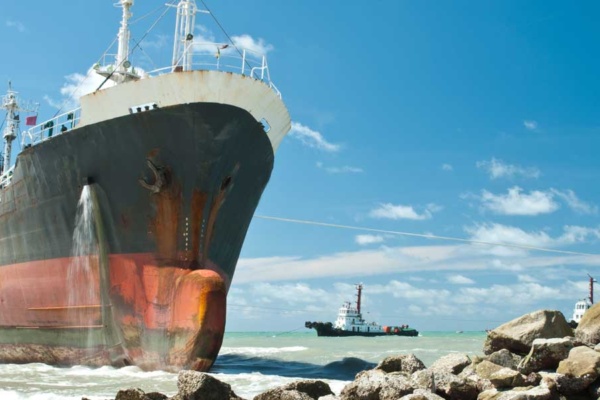Category Archives: Blog
Navigating the world of shipping documents can be daunting, whether you're a seasoned logistics professional or new to international trade. This cheat sheet…
Trade agreements are pivotal for promoting and encouraging international cooperation and driving economic growth. With Trade Agreements in force, it allow the companies…
Preserving Trust Digital technology is transforming the world of supply chain logistics with streamlined operations, real-time visibility and live tracking, improving customer experience.…
Update: Houthi assaults on shipping in the Red Sea have slashed container throughput in the area by a staggering 90%. With marina insurance…
The supply chain across the globe are making significant strides toward a sustainable energy future to combat increasing greenhouse gas emissions. While many…
Freight forwarders are reporting a critical shortage of containers in northern China. This issue is exacerbated by a surprisingly robust market and diminished…
In global commerce, dry containers (General Purposes and High Cubes with six walls) are crucial for transporting goods across oceans, continents, and borders.…
In today's rapidly evolving global marketplace, it's crucial to stay ahead of the curve. Join us as we explore the unexpected but profound…
In supply chain logistics, an organisation is always on the lookout for new methods to optimise and streamline the logistics operations while transferring…
General Average (GA), a cornerstone of maritime law, traces its origins back thousands of years, embodying the principle of shared responsibility amidst perilous…

